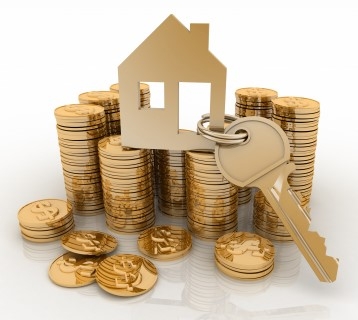
Will private home prices continue to fall in 2016?
To cool or not to cool is also a key issue.
URA’s Q4 2015 data shows that prices of private homes in Singapore fell 0.5 per cent quarter-on-quarter (QoQ), with an overall 2015 price fall of 3.7 per cent, marginally lesser than the 4 per cent decline in 2014. The overall price decline in 2015 reflects the current languid market sentiment and the sustained impact of the cooling measures. However, this is the lowest fall in more than 2 years.
Prices of homes in the RCR and OCR remained unchanged for the quarter, while luxury properties in the CCR fell marginally by just 0.4 per cent.
For 2015, luxury properties in the CCR fell the least as affluent home buyers have greater holding power are taking their time to identify their next investment property whilst also looking out for overseas properties. As a result, CCR properties recorded an overall drop of 2.6 per cent - not as significant as those in the RCR and OCR.
Though prices of homes in the OCR and RCR remained unchanged in Q4, the overall price fall in these regions for the year is the result of TDSR, which has an impact on the mass market segment where the capacity to take up loans is critical for middle income buyers.
Here’s what analysts had to say about the future of home prices in 2016:
Mr Ismail Gafoor, CEO, PropNex Realty,
More potential buyers are finding greater difficulty to invest in a private home with a price quantum beyond $1.3 million given the lending curbs.
In addition, secondary market sellers also face stiff competition from developers who are continuing to launch projects at attractive prices and incentives. As such, buyers will have more options – they will only commit if they perceive the property to be a good value proposition.
This may put a fair bit of pressure on sellers in the resale market, who may have to lower prices in order to make a sale.
While reasonably-priced homes with desirable product and location attributes will continue to find favour with homebuyers, the private residential market looks set to continue its price decline, with weak demand due to various factors — with the TDSR and ABSD working in tandem to rein in exuberant home buying. Buyers are now more discerning and are taking a longer time to decide on investing in private homes.
Additionally, HDB resale flat prices have further softened, thus reducing the motivation for HDB owners to upgrade to mass market private properties as their purchasing power have been affected– due to a mix of abundant incoming supply, continued enforcement of cooling measures and public housing regulations such as the tighter MSR on HDB loans.
With TDSR being a long-term instrument — and together with the ABSD, will continue dampen any speculative activity. Under such an environment, we expect price weakness to persist into 2016, with possible negative growth of about 3 per cent. The government has stated that it is not time to unwind the existing cooling measures yet; however, with 9 consecutive quarters of price declines and lukewarm transaction volume, it is timely to look into tweaking some of the measures, namely the ABSD.”
Eugene Lim, Key Executive Officer, ERA Real Estate
Going into 2016, the cooling measures are here to stay for the time being, as Minister Lawrence Wong indicated.
In addition, the headwinds affecting the Singapore economy as well as rising interest rates might also put a lid on privateproperty prices. Hence, we may expect 2016 to fare slightly worse in terms of pricing, with a 4% to 6% decrease for the whole year.
Celine Chan, analyst, Orange Tee
Despite the gradual decline in prices, we believe it is too early to regard it as prices bottoming out, given the multiple headwinds Singapore residential market faces. The stock market is undergoing turbulence, and there have been some job losses in the financial sector. Should losses in the stock and job market accelerate, this will result in serious repercussions on the property market as well.
























 Advertise
Advertise






